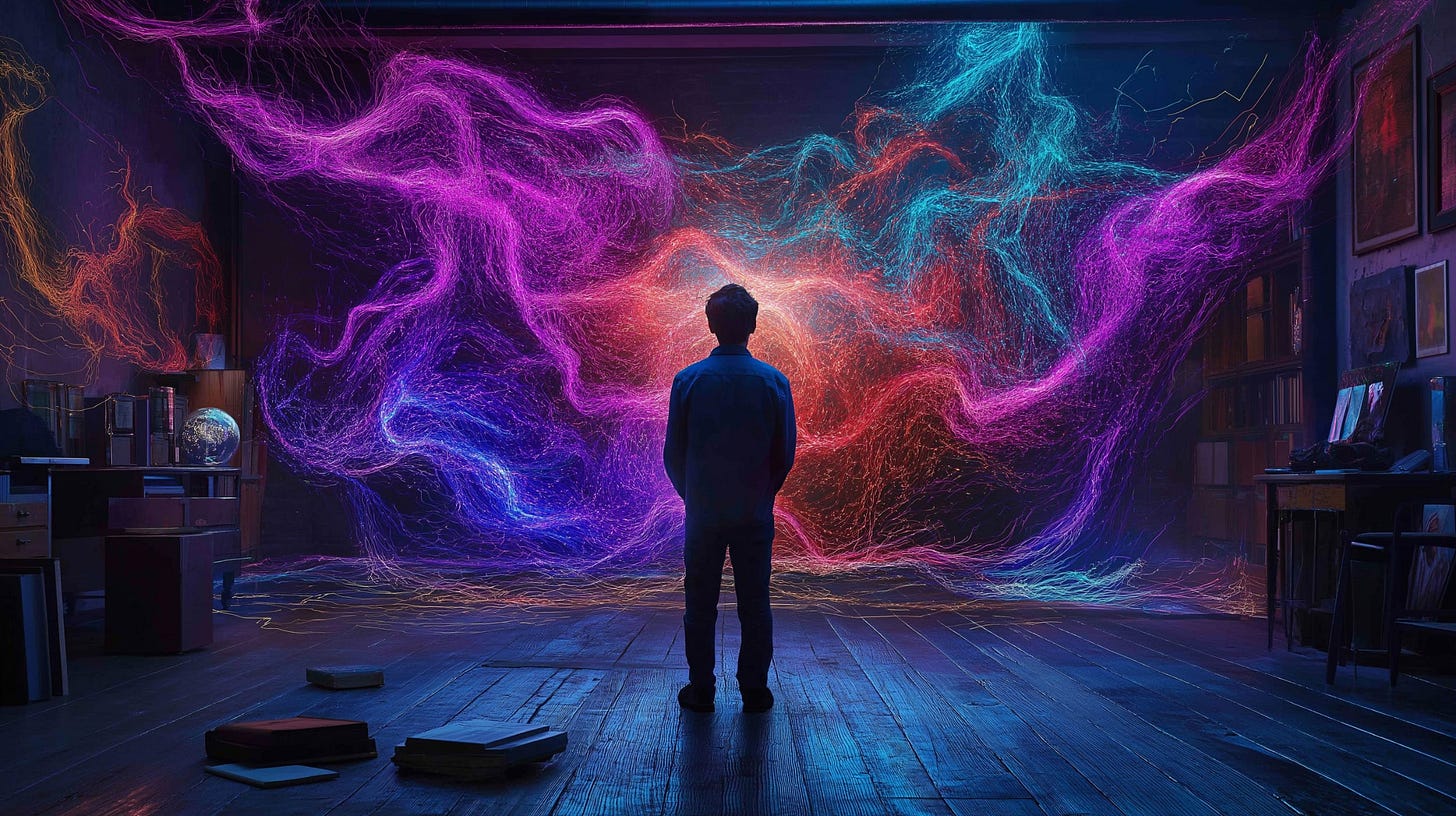The Man Who Unlocked AI
How Geoffrey Hinton's neural network breakthroughs transformed artificial intelligence and earned him a Nobel Prize.
Professor Geoffrey Hinton was an unusually patient mentor. His graduate students, Ilya Sutskever and Alex Krizhevsky, spent countless hours experimenting with neural networks, an approach few experts believed in at the time. Many would have accused them of wasting time with academic "tinkering," but Hinton sensed they were onto something groundbreaking.
Krizhevsky became so deeply absorbed in optimizing a model for automatic image recognition that his regular academic responsibilities began to suffer. Instead of discouraging him, Hinton made an unusual agreement: for every week Krizhevsky improved the neural network's performance by at least one percent, he could postpone submitting his coursework. Later, the professor fondly recalled this anecdote: "While avoiding writing his term paper, he probably conducted the most influential research of the century."
The results of this student project were indeed impressive. In 2012, the AlexNet neural network not only won the ImageNet competition for automated image recognition—it decisively swept the competition aside. This small research group from the University of Toronto provided compelling practical proof that deep learning with large neural networks was the most promising path forward for artificial intelligence, sparking a revolution. It was a pivotal moment when neural networks moved from academia to the forefront of technological development. Computer companies quickly recognized the potential, and the entire field entered a phase of explosive growth.
Geoffrey Hinton comes from an extraordinary family of scientists and innovators. His great-great-grandfather was George Boole, the mathematician whose work laid the foundations for logic and computing. Another relative, surveyor and geographer George Everest, lent his name to the world's highest mountain. Despite being surrounded by exceptional scholars, Hinton’s academic path was far from straightforward. At the University of Cambridge, he explored various disciplines but struggled for a long time to find a topic that truly captivated him. He even dropped out briefly, taking casual jobs in London. His interests shifted from architecture to physics, chemistry, physiology, and philosophy before finally settling on a degree in experimental psychology.
A significant turning point in his intellectual journey came through conversations with philosopher Bernard Williams, who once remarked that different thoughts in the brain must correspond to different physical states, which is fundamentally different from computers, where software is independent of hardware. This was Hinton’s first exposure to an interdisciplinary approach intertwining neuroscience, mathematics, philosophy, and programming, ultimately guiding him toward developing artificial neural networks.
Historically, scientists have pursued artificial intelligence along two different paths. The symbolic approach was based on the idea that intelligence primarily involves logical reasoning. Advocates believed intelligence could be achieved by coding explicit rules for computers to solve problems. Geoffrey Hinton championed a different, biologically inspired approach, using artificial neural networks to mimic the workings of the human brain. These networks are complex mathematical models consisting of interconnected nodes (neurons) that learn from data by adjusting the weights of their connections.
Hinton firmly believed this method was more promising for achieving artificial intelligence because it closely mirrors the learning processes in the brain. One of his fundamental principles, believed applicable to the brain itself, was: "If you truly want to understand how something works, you must be able to recreate it artificially." Given the brain consists of neurons, deciphering the mechanism behind how these neurons store and process information became crucial for him.
Already in the 1970s, he dreamed of simulating neural networks on computers as a tool to study the human brain. But at that time, the idea was often dismissed in academic circles as eccentric, even naive. Most researchers doubted that simple connections between artificial neurons could lead to intelligence. His mentor even advised him to abandon this research direction to avoid seriously damaging his career.
Despite the skeptical academic environment, in the 1980s, Hinton and colleagues developed the backpropagation algorithm, enabling neural networks to learn from their mistakes by gradually adjusting connection weights between neurons. This was a crucial breakthrough, allowing neural networks to become significantly more effective at analyzing data. Hinton also contributed to developing Boltzmann machines, a type of neural network capable of independently identifying hidden patterns in data.
Hinton's persistent work gradually gained wider recognition, and in 2024 he received the Nobel Prize for his achievements in the development of neural networks. This further solidified his position as one of the most influential figures in the history of artificial intelligence and science in general. Reflecting on his career, he recently stated: "I would say I'm someone who doesn't really know what field he's working in but wants to understand how the brain works. And while attempting to understand how it functions, I helped create technology that works surprisingly well."




